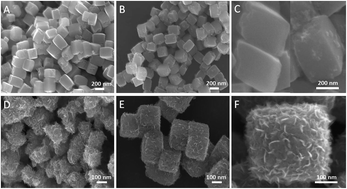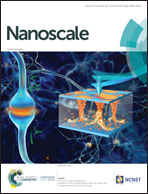A photoelectrochemical aptasensor for aflatoxin B1 detection based on an energy transfer strategy between Ce-TiO2@MoSe2 and Au nanoparticles†
Abstract
In this work, a novel photoelectrochemical (PEC) aptasensor was developed for the sensitive detection of aflatoxin B1 (AFB1) based on a resonance energy transfer strategy between the Ce-TiO2@MoSe2 heterostructure and Au nanoparticles (AuNPs). The Ce-TiO2@MoSe2 composite was obtained by growing MoSe2 nanosheets on a TiO2 nanocube doped by the Ce element with a facile hydrothermal method. The composite effectively extended the absorption of TiO2 to the visible region and avoided the self-aggregation of MoSe2 nanosheets, leading to the excellent photocurrent response under visible light excitation. The PEC aptasensor was then fabricated by immobilizing the Ce-TiO2@MoSe2 composite on an ITO electrode, followed by the modification of the aminated AFB1 aptamer. An AuNP-labeled DNA sequence was subsequently hybridized with the aptamer to fabricate a sandwich structure, which was destroyed after the introduction of AFB1, decreasing the amount of the energy acceptor (AuNPs) at the electrode surface. Accordingly, the photocurrent was increased with the increase of AFB1 concentration. Under the optimal conditions, the PEC aptasensor showed a wide linear range of 0.03–200 ng mL−1 and a low detection limit of 0.01 ng mL−1 for AFB1 determination.



 Please wait while we load your content...
Please wait while we load your content...